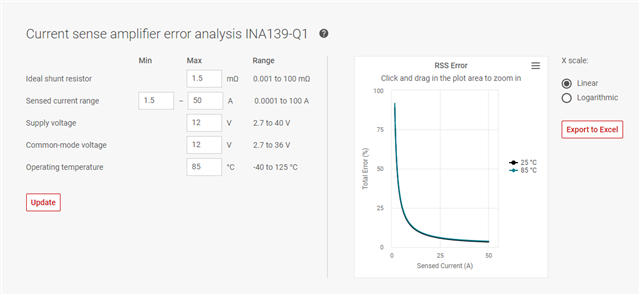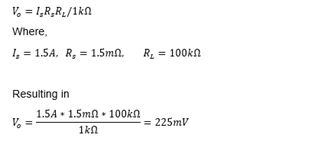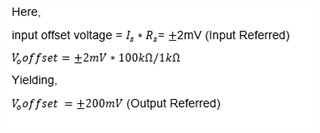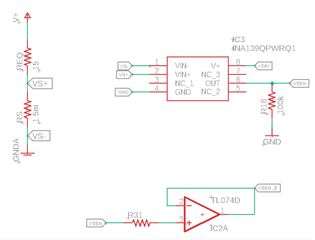Other Parts Discussed in Thread: TL074, INA139, INA293-Q1,
I have a big problem with the INA139-Q, I am using a shunt resistor of 1.5mOhms that returns 75mV@50A. However, I can´t test my circuit with 50 A, so I am trying just with 1.5A, so the differential voltage V+ V- will be ideally 2.25mV, and the output 22.5mV since I am using a 100K load resistor at the output.
But when I am on the test, it doesn´t work. The output is not stable at any voltage over the load resistor, instead it has some instantaneous peaks. The behaive is similar even if I use a buffer amplifier as TL074 at the output.
Do you have any suggestion? It is really urgent.
Thank you.







